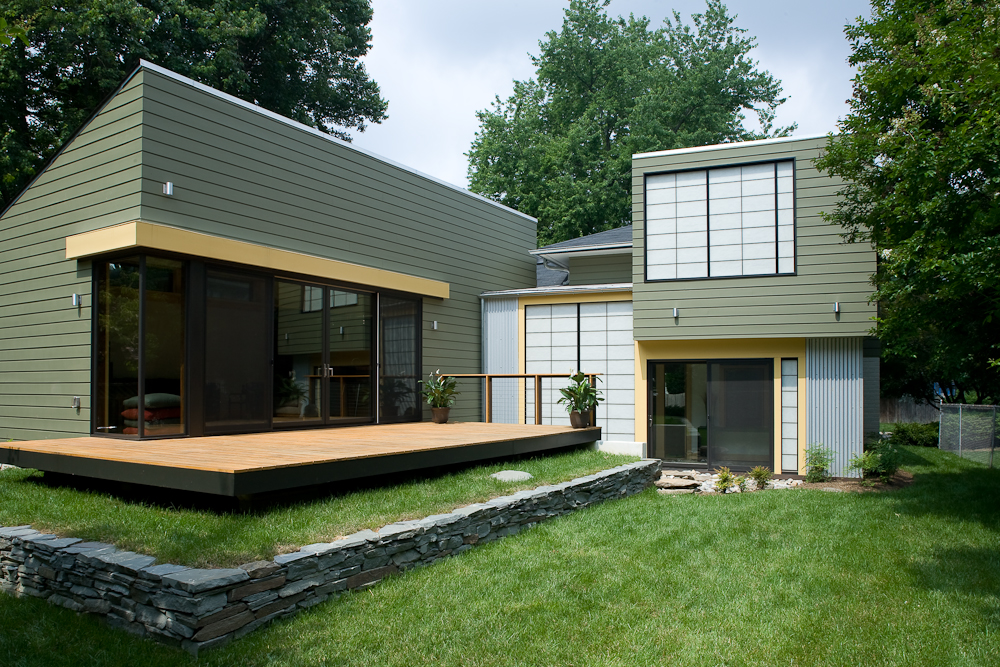There’s a breezy feel of newness permeating the ethos at the Knoxville Museum of Art (KMA) these days.
It’s founded on the rediscovery of East Tennessee’s artistic roots – along with an authentic appreciation for the 1990 Edward Larrabee Barnes building that houses its collections.
“In the 1980s, Barnes was the go-to architect, but he was eclipsed by the flashier, Gehry types,” says David Butler, executive director at KMA. “This is a kind of neutral box that’s subservient to the art, and that’s a rare quality in American architecture today.”
Butler arrived in 2005 to find a museum that was supported by a community ambivalent about its holdings and programming.
“It was reluctant support, like ‘Yes, I do support it, but I hate what they do,’” he says.
So he set about changing both the art and the minimalist masterpiece that houses it.
“We couldn’t go out and acquire 16th-century Venetian paintings, but there is a well-developed history of art in this part of world that goes back to mid-19th century,” he says. “So that became our focus: the art of East Tennessee.”
In Higher Ground, the museum is exhibiting the work of regional artists spanning the past century. In it are 60 objects from the museum’s collection, along with a number of borrowed items. Among the artists represented are Catherine Wiley, William Posey Silva and Lloyd Branson.
That was followed by a quest for contemporary art as well, housed in another gallery. An exhibition of works in glass complements the new masterwork installation by East Tennessee artist Richard Jolley, and an exhibition of Ansel Adams’ work in the Great Smokey Mountains just closed.
“We’re steering the ship and getting people to buy into idea that we’re all about this area,” he says. “We want them to know that the Knoxville Museum of Art is the Knoxville Museum of Art.”
To make it all show-worthy, the Barnes building has been spiffed up considerably. Its pink Tennessee marble was meticulously cleaned, repaired and polished. “A building by Barnes has to be perfect,” he says. “You can’t have streaks on the marble from water off the roof – it has to be pristine or it looks awful.”
Vermont slate pavers have replaced their concrete counterparts at the entry. And a north garden area, formerly a huge mound of dirt, has been landscaped and turned into a functional space for concerts and programming.
It wasn’t a total makeover, but it was an effective one.
“The idea was that if we can’t re-do the kitchen, we can redo the living room,” he says.
And in the process, the culture as well.
[slideshow id=1185]

